 BLOGSchedule a CallContact Us
BLOGSchedule a CallContact UsBy subscribing to our blog you agree with our privacy policy
MAPSTED BLOG
Saturday, July 12, 2025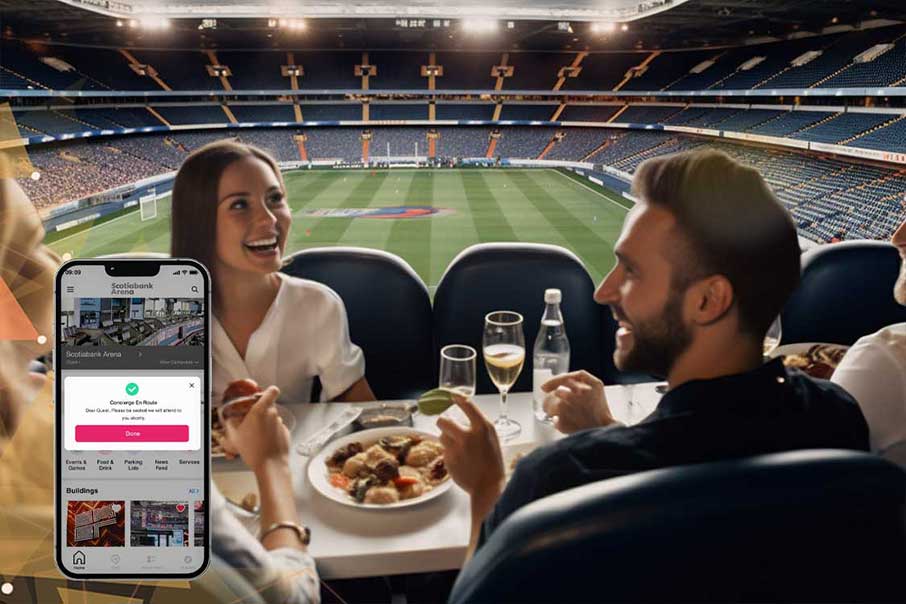 How Location-Based Stadium Technology Elevates Elite VIP Guest Experiences in 2025?May 20, 2025
How Location-Based Stadium Technology Elevates Elite VIP Guest Experiences in 2025?May 20, 2025That growth is staggering. Meanwhile, statista.com says the global entertainment and media market — which includes high-level concerts – reached $2.3 trillion in 2021 and is expected to reach nearly $3 trillion by the end of 2026. With these figures in mind, stadiums clearly need to understand their end user and what will keep them […]
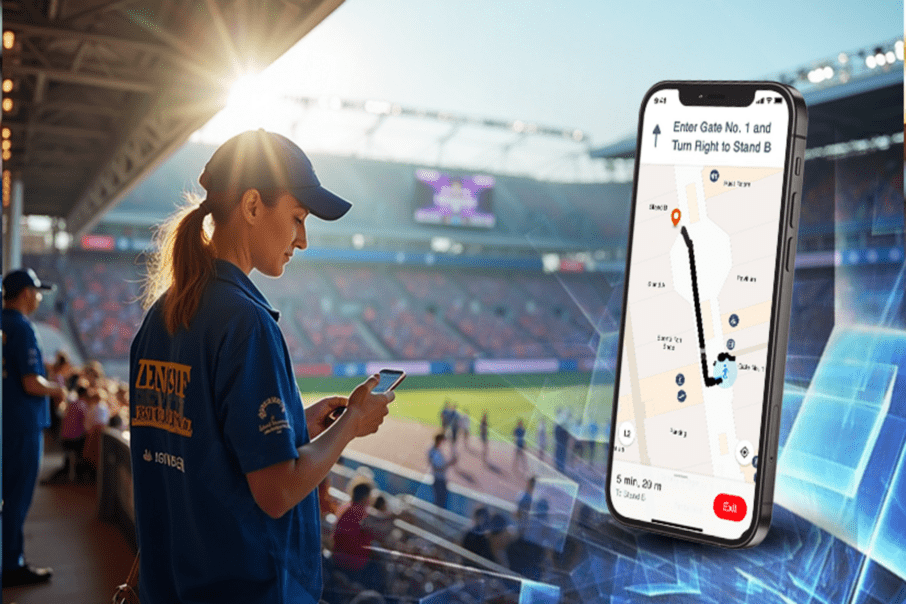 How to Optimize Stadium Operations with Real-Time Location-Based Data in 2025?May 14, 2025
How to Optimize Stadium Operations with Real-Time Location-Based Data in 2025?May 14, 2025For stadium managers and venue owners who want real answers! Running a stadium in 2025 isn’t just about seating fans and running a scoreboard. It’s a full-blown operation, from managing entry and exit traffic to optimizing concessions to making sure the restrooms are usable during peak hours. If you’re looking to optimize stadium operations, fans […]
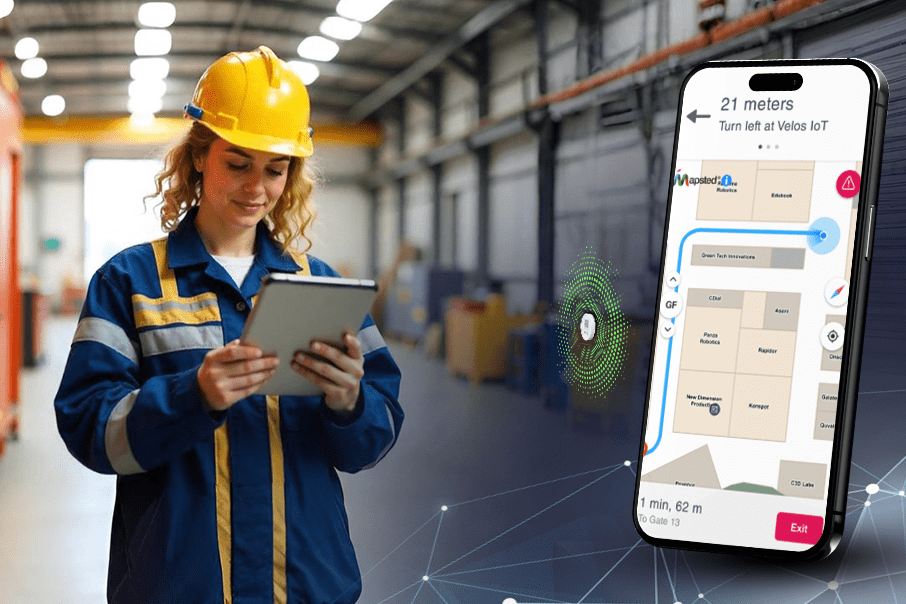 How IoT is Used in Indoor Positioning Systems to Unlock Hyper-Insightful Real-Time Location—Here’s What You’re MissingMay 13, 2025
How IoT is Used in Indoor Positioning Systems to Unlock Hyper-Insightful Real-Time Location—Here’s What You’re MissingMay 13, 2025You’ve probably faced this yourself: a vendor gets lost inside your building, a delivery ends up at the wrong dock or worse, your team wastes half an hour looking for a portable asset that was “just there.” Indoor disorientation isn’t a small issue, it’s a silent cost eating away at your productivity. While GPS works […]
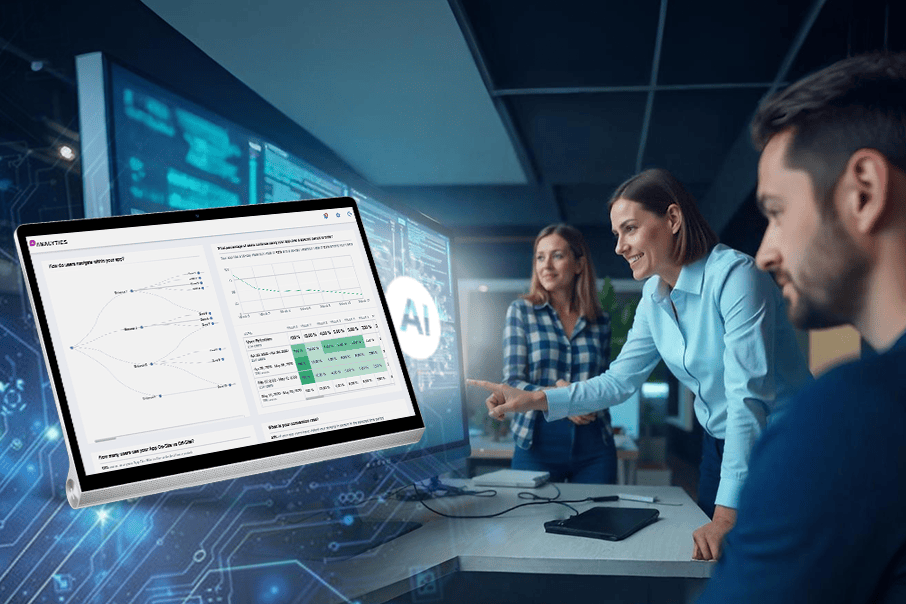 How Artificial Intelligence Is Reshaping Workplaces and Creativity in 2025May 13, 2025
How Artificial Intelligence Is Reshaping Workplaces and Creativity in 2025May 13, 2025The Workplace Has Changed: AI Didn’t Just Join It, It’s Redesigning ItBy 2025, over 77% of global companies are actively using or piloting AI across departments. But these aren’t isolated tools operating in silos. AI has become a collaborator, embedded in workflows, shaping decisions and increasingly, unlocking creativity across industries. This rapid transformation is a […]
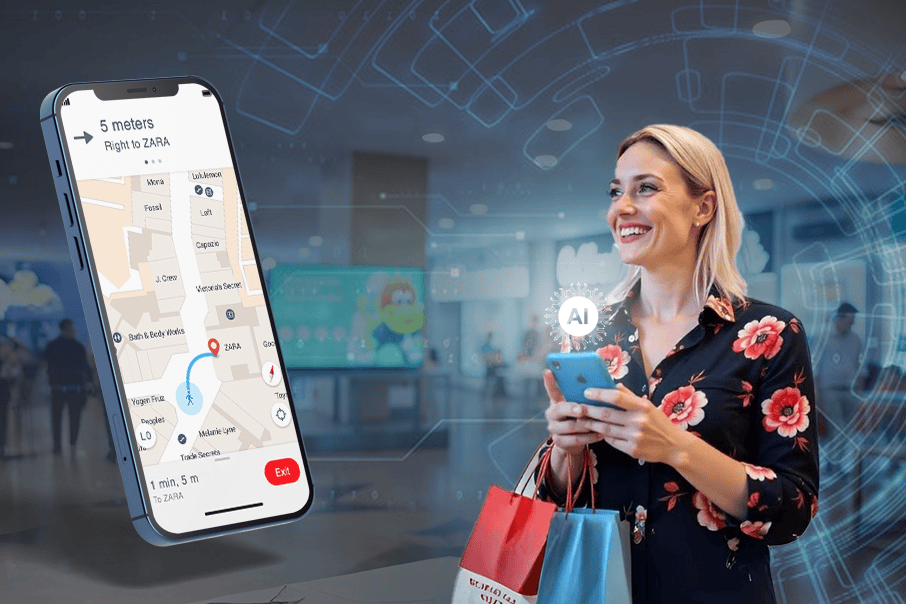 How Artificial Intelligence Enhances Indoor Navigation Accuracy and User Experience?May 12, 2025
How Artificial Intelligence Enhances Indoor Navigation Accuracy and User Experience?May 12, 2025From Confusion to Clarity, One Step at a Time A few years ago, indoor navigation was mostly about guesswork. Visitors wandered through airports searching for gates. Patients roamed hospitals trying to find departments. Shoppers circled the same escalator, looking for a store they passed minutes ago. Today, the stakes are higher. People expect the same […]
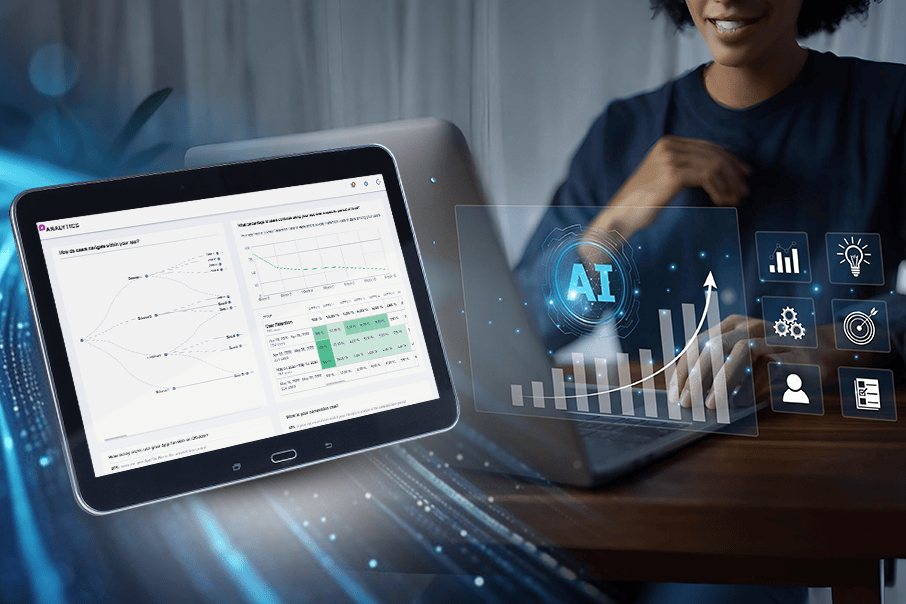 How Intelligent Workflow Automation is Transforming Businesses in 2025April 30, 2025
How Intelligent Workflow Automation is Transforming Businesses in 2025April 30, 2025Managing a business is already a lot. Keeping up with customers, approvals, sales reports, inventory and onboarding—it never stops. Now imagine if some of that heavy lifting could run automatically behind the scenes. No extra hands, No extra stress, Just a system that moves work forward smartly. That’s the shift happening in 2025: How intelligent […]
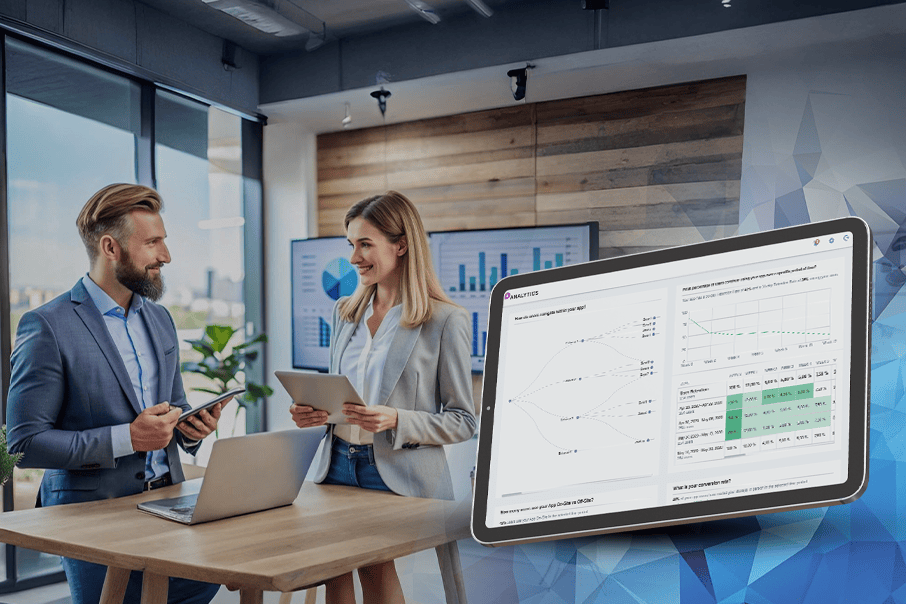 How Employee Tracking System Boosts Workplace Productivity in 2025?April 28, 2025
How Employee Tracking System Boosts Workplace Productivity in 2025?April 28, 2025A technician stuck in traffic. A retail shelf is left empty. A remote employee juggling tasks with no visibility. These aren’t isolated incidents, they’re daily signs of lost time, miscommunication and inefficiency. In a workplace where every minute counts, businesses are turning to smart, ethical employee tracking system to improve performance without compromising trust. What […]
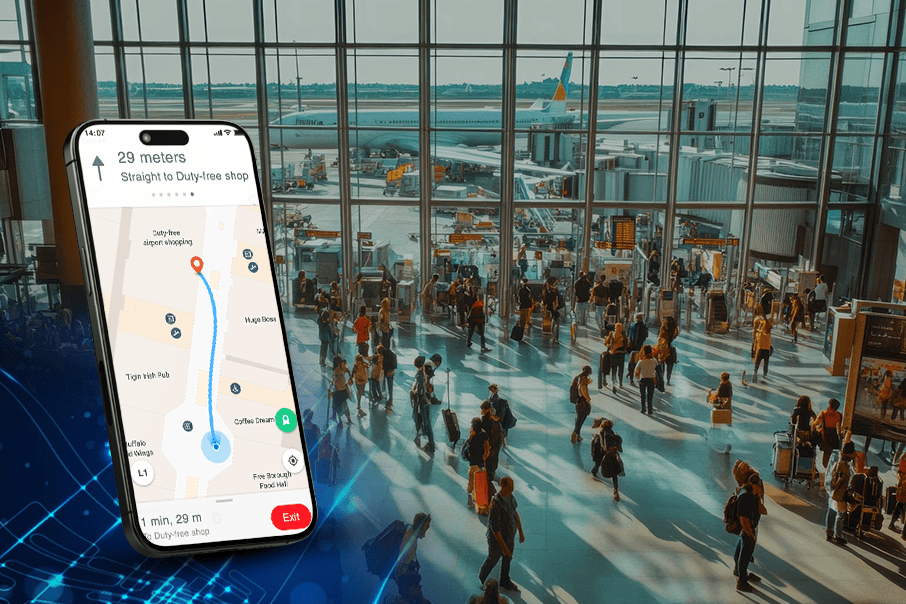 How Footfall Traffic Analysis is Revolutionizing Airport Efficiency and Passenger ExperienceApril 25, 2025
How Footfall Traffic Analysis is Revolutionizing Airport Efficiency and Passenger ExperienceApril 25, 2025Airports are some of the busiest places on the planet. Every day, thousands of travellers move through terminals, check-in counters, security lanes and boarding gates—all in a tightly coordinated environment. But managing that much movement isn’t easy. Even a small delay in one area can ripple across the entire system. That’s where footfall traffic analysis […]
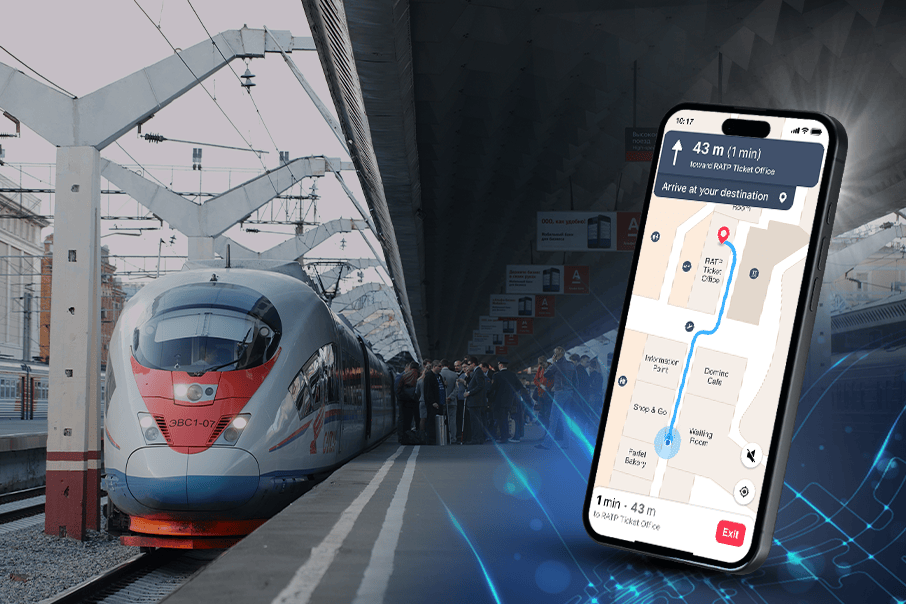 The Critical Role of Navigation in the Growth of the Rail EconomyApril 24, 2025
The Critical Role of Navigation in the Growth of the Rail EconomyApril 24, 2025When we think about trains and railways, we often picture tracks, engines, stations and maybe even cargo. But what ties all of this together—what keeps trains moving smoothly, stations less chaotic and passenger experience better—is something most people overlook: navigation. Not navigation like GPS on your phone, but smart, real-time navigation systems that guide passengers […]
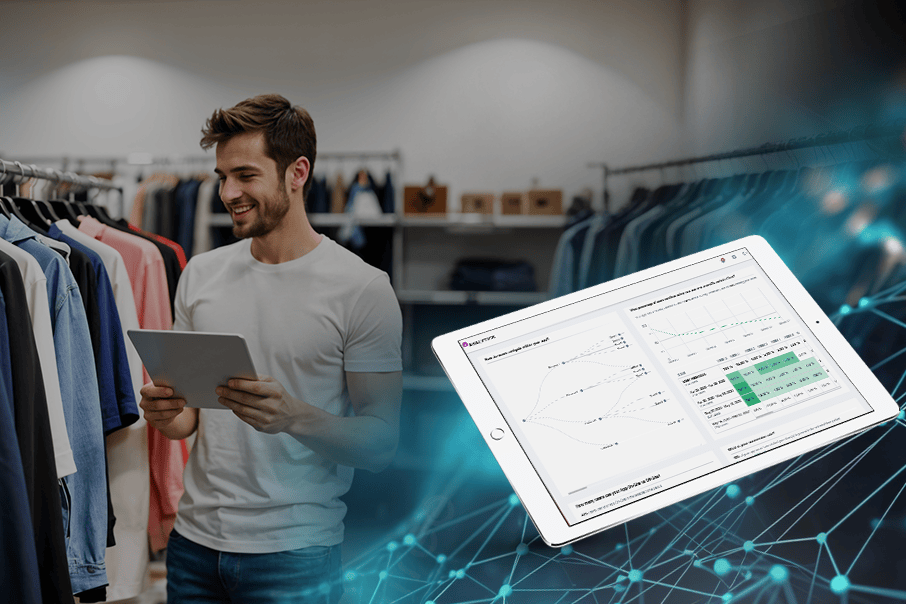 How Can a People Counting System Optimize Retail Store Layouts in 2025April 22, 2025
How Can a People Counting System Optimize Retail Store Layouts in 2025April 22, 2025In a day and age where physical retail competes fiercely with digital convenience, layout optimization has become more than just smart shelving—it’s a strategic imperative. And at the heart of this transformation is the evolving usability of a people counting system. In 2025, store layout is no longer just a visual decision—it’s a data-driven science. […]
 The Vital Role of RTLS Systems in Healthcare Emergency Response SettingsApril 20, 2025
The Vital Role of RTLS Systems in Healthcare Emergency Response SettingsApril 20, 2025The healthcare landscape is on the brink of a dynamic transformation, powered by the rapid growth of Real-Time Location Systems (RTLS) in healthcare facilities. These systems identify and track the location of objects or people in real time, usually within a building or other contained area. Expected to soar from a market value of USD […]
 How Can Technology Help You Organize a Successful Trade Show Event?April 19, 2025
How Can Technology Help You Organize a Successful Trade Show Event?April 19, 2025Organize a successful trade show event can be a daunting task. There’s so much to think about. Trade show planning doesn’t have to be an exercise in exhaustion, however, thanks to a host of tech tools that can relieve some of the stress. Systems, apps and software exist to help organizers plan, execute and measure […]
 5 Ways Technology Increases Student Engagement on Campus in Higher Education in 2025April 18, 2025
5 Ways Technology Increases Student Engagement on Campus in Higher Education in 2025April 18, 2025During COVID-19, the use of technology in learning leapt to new heights. Virtual education was born out of necessity. The pandemic brought a new reality to higher education and changed what students expect from their professors as well as how both students and faculty approach learning and teaching. Decisions administrators in higher learning institutions make […]
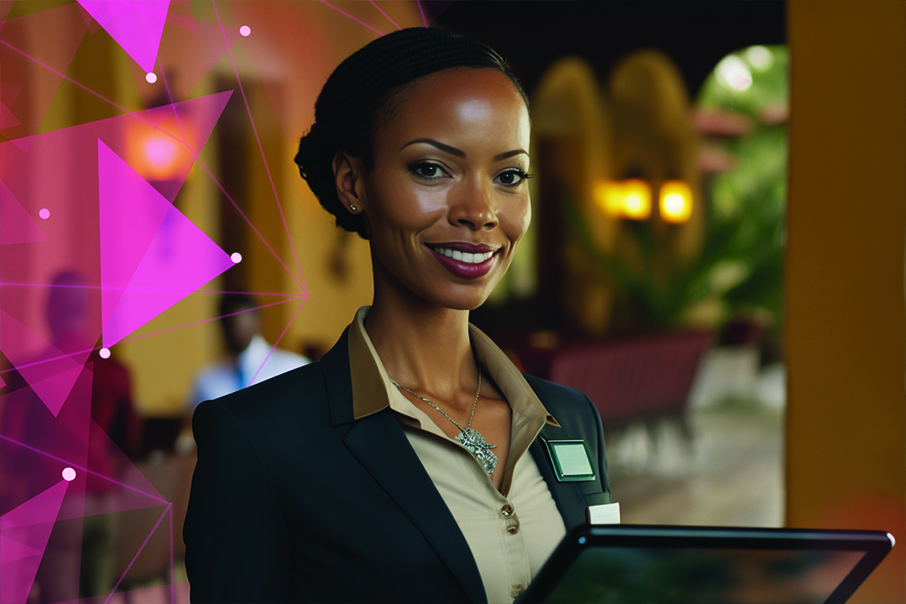 Hospitality Technology Trends Transforming Resorts and Hotels in 2025April 18, 2025
Hospitality Technology Trends Transforming Resorts and Hotels in 2025April 18, 2025Hospitality establishments like resorts and hotels are no longer just places where people lay their heads on fancy pillows when they’re travelling or on vacation. Over the past few years, the hospitality sector has been continually changing and technology is playing a large part in its evolution. With hospitality technology trends growing as they are, […]
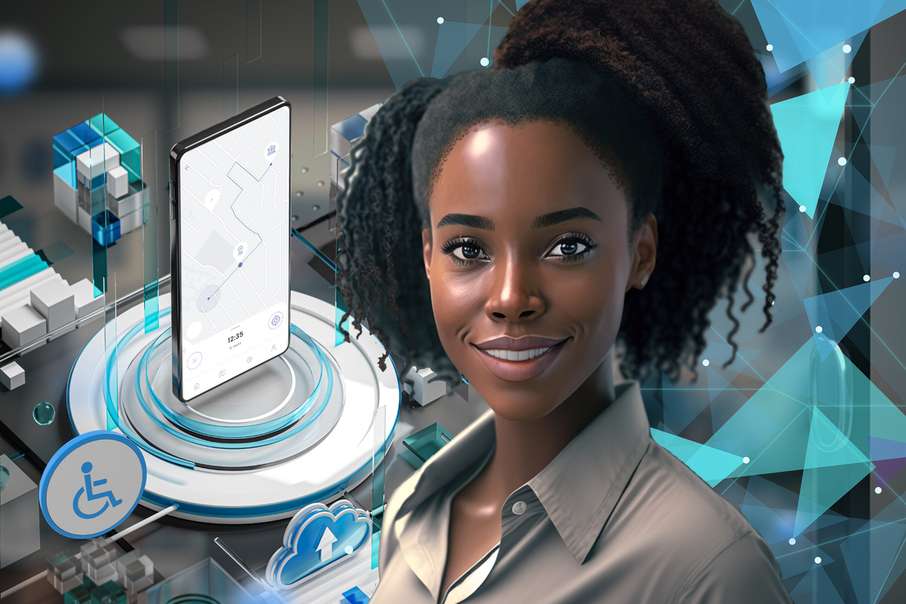 The Benefits of Accessibility in the WorkplaceApril 18, 2025
The Benefits of Accessibility in the WorkplaceApril 18, 2025We live in a world of inclusivity, where people of all abilities are a part of the working realm, able to shine using their individual talents. But it’s not always easy for employees with accessibility needs. Employers want to do everything possible to meet employees’ needs and accessibility workplace technology today can certainly help to […]
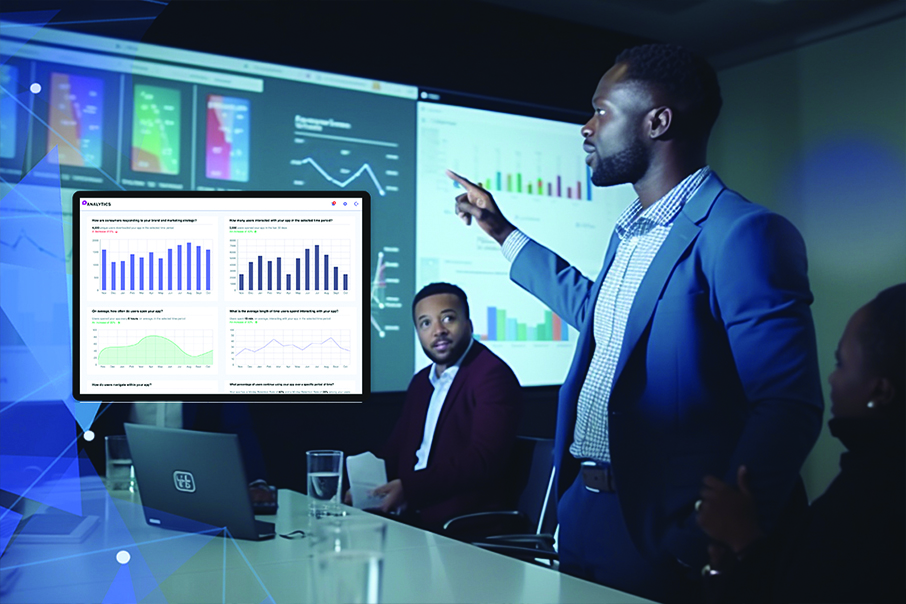 How to Persuade Customers with Data-Driven StorytellingApril 17, 2025
How to Persuade Customers with Data-Driven StorytellingApril 17, 2025Whether you’re trying to persuade a customer into buying a product, close a deal with a prospective decision-maker or influence a group of company executives, one of the most powerful tools you can use is data-driven storytelling. There have been many studies that show how executives and managers use data in their decision-making process, for […]
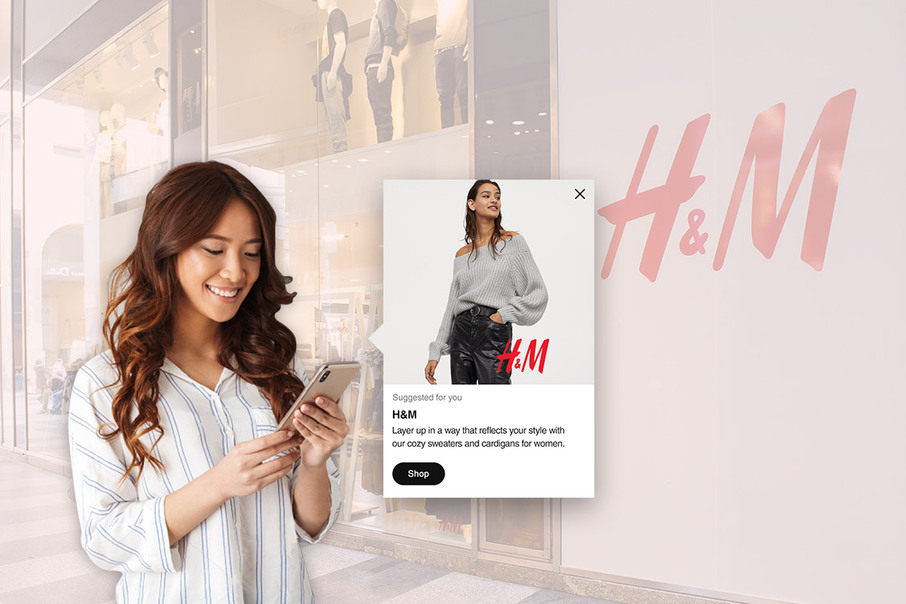 What is Location-Based Marketing Technology and Why Do You Need It?April 17, 2025
What is Location-Based Marketing Technology and Why Do You Need It?April 17, 2025Location-based marketing technology allows companies to target consumers at a granular, more personalized level with online or offline messaging based on their physical location. Using location data, marketing teams are able to reach consumers based on selected qualifiers like proximity to a store, events happening in their region, and more. Location marketing has proven to […]
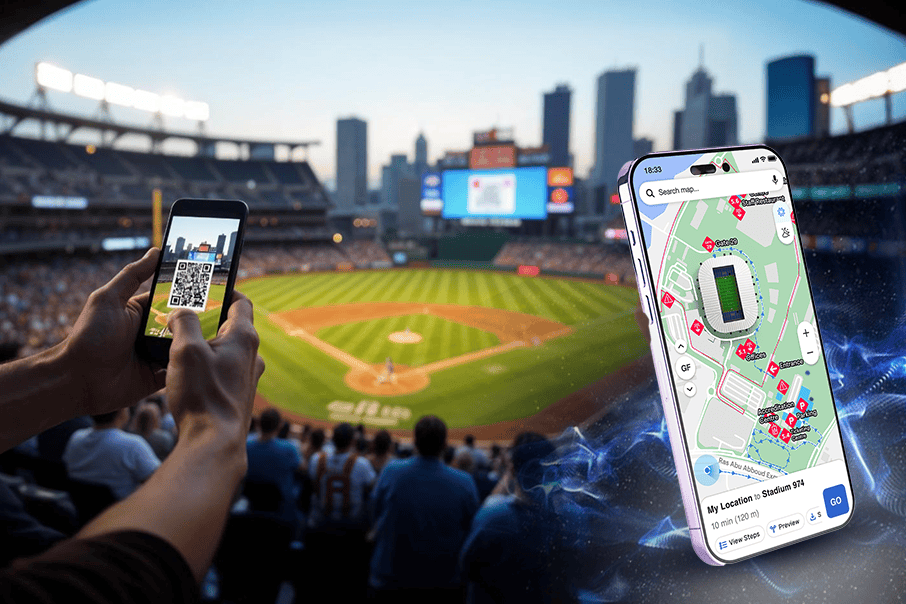 How QR Codes on Stadium Hoardings Can Boost Fan Engagement & Online Sales?April 17, 2025
How QR Codes on Stadium Hoardings Can Boost Fan Engagement & Online Sales?April 17, 2025Let’s start by answering the question: What is In-stadium QR code advertising? Suppose you are at a high-energy game, the crowd is buzzing and just as your team scores, a QR code flashes across the stadium screen with the words “Get 20% off this jersey, 5 minutes only.” One scan and fans are not just […]



